 |
||||||||||||||||
|
Presented by the Smith College Botanic Garden
|
||||||||||||||||
|
A Look at Different Forms of the Chrysanthemum
|
||||||||||||||||
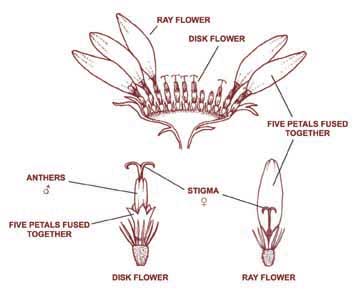 |
||||||||||||||||
| Like other members of the Asteraceae, the chrysanthemum produces a "flower" which is actually many florets grouped together into a single head. Each head is composed to a central group of short disk florets surrounded by rings of longer ray florets. All classes of chrysanthemums have both types of florets, but in some cases the disc florets are not visible. Mums are classified according to the type and arrangement of the florets: | ||||||||||||||||
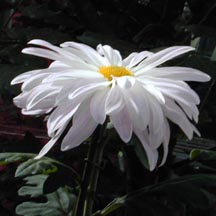 |
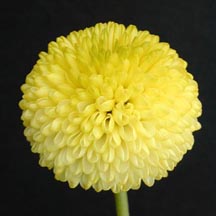 |
|||||||||||||||
| SINGLE Daisy-like flower; heads with a central "eye" of disk flowers |
POMPON Disk flowers are hidden; heads are small and globular |
|||||||||||||||
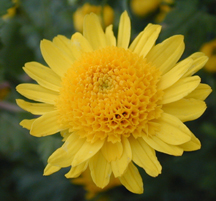 |
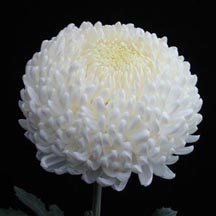 |
|||||||||||||||
|
ANEMONE
Disk flowers form a large central hemisphere |
INCURVED Ray flower petals curve upward to form a dense sphere |
|||||||||||||||
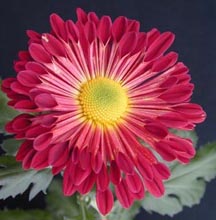 |
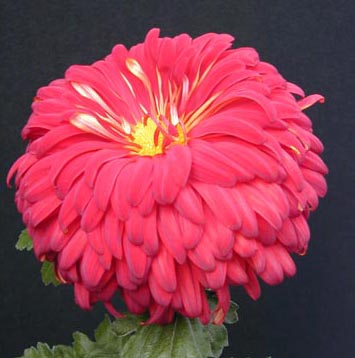 |
|||||||||||||||
| SPOON Ray flower petals are tubular, flattening out into a "spoon" shape at the tip |
REFLEXED Ray flower petals curve downward to form an "umbrella" shape |
|||||||||||||||
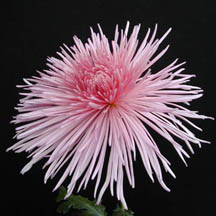 |
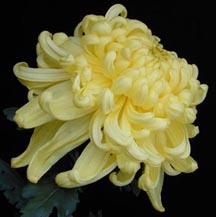 |
|||||||||||||||
| QUILL Ray flower petals are entirely tubular and radiate out from the center of the head |
INTERMEDIATE Ray flower petals incurve slightly, formation is loose |
|||||||||||||||
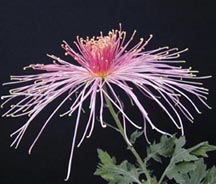 |
||||||||||||||||
| SPIDER OR THREAD Ray flower petals are long and slender, and curve or hook upward at the ends |
||||||||||||||||